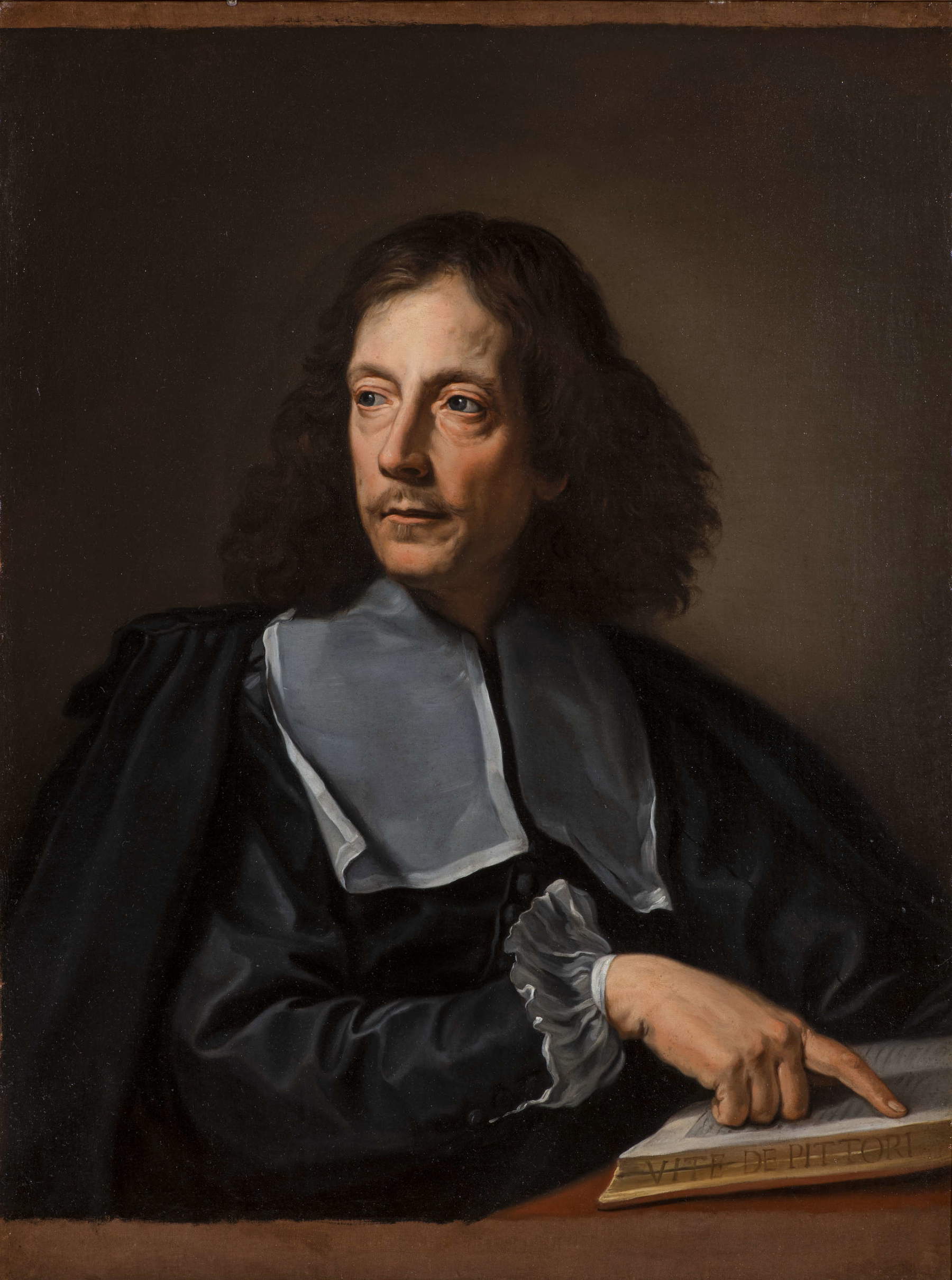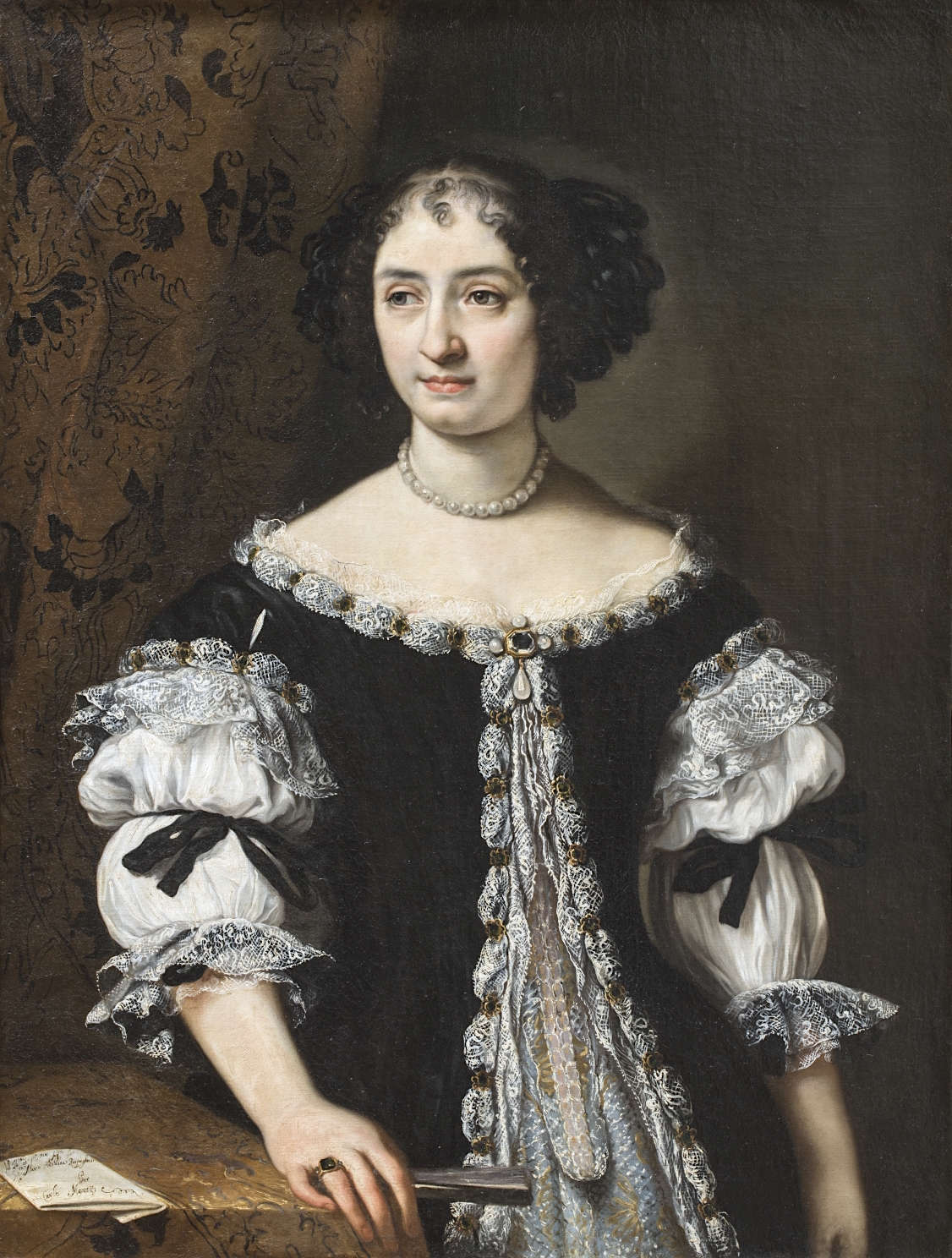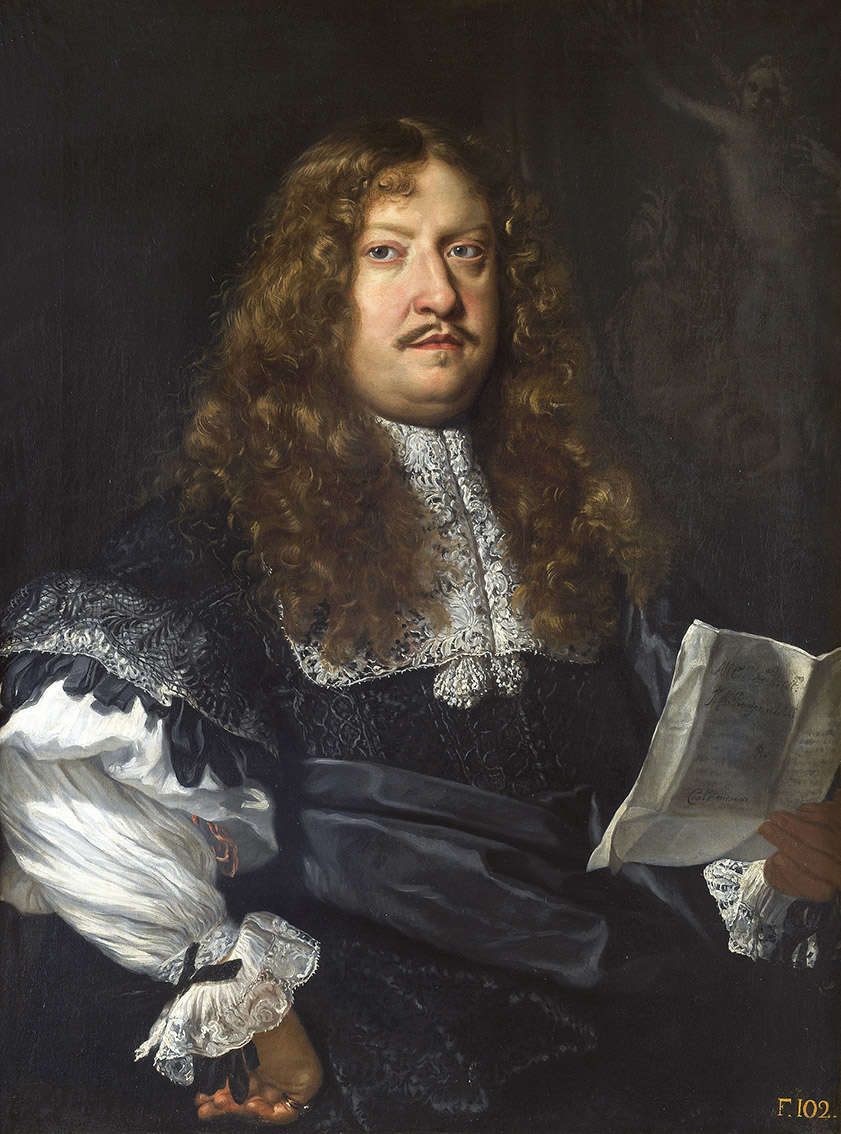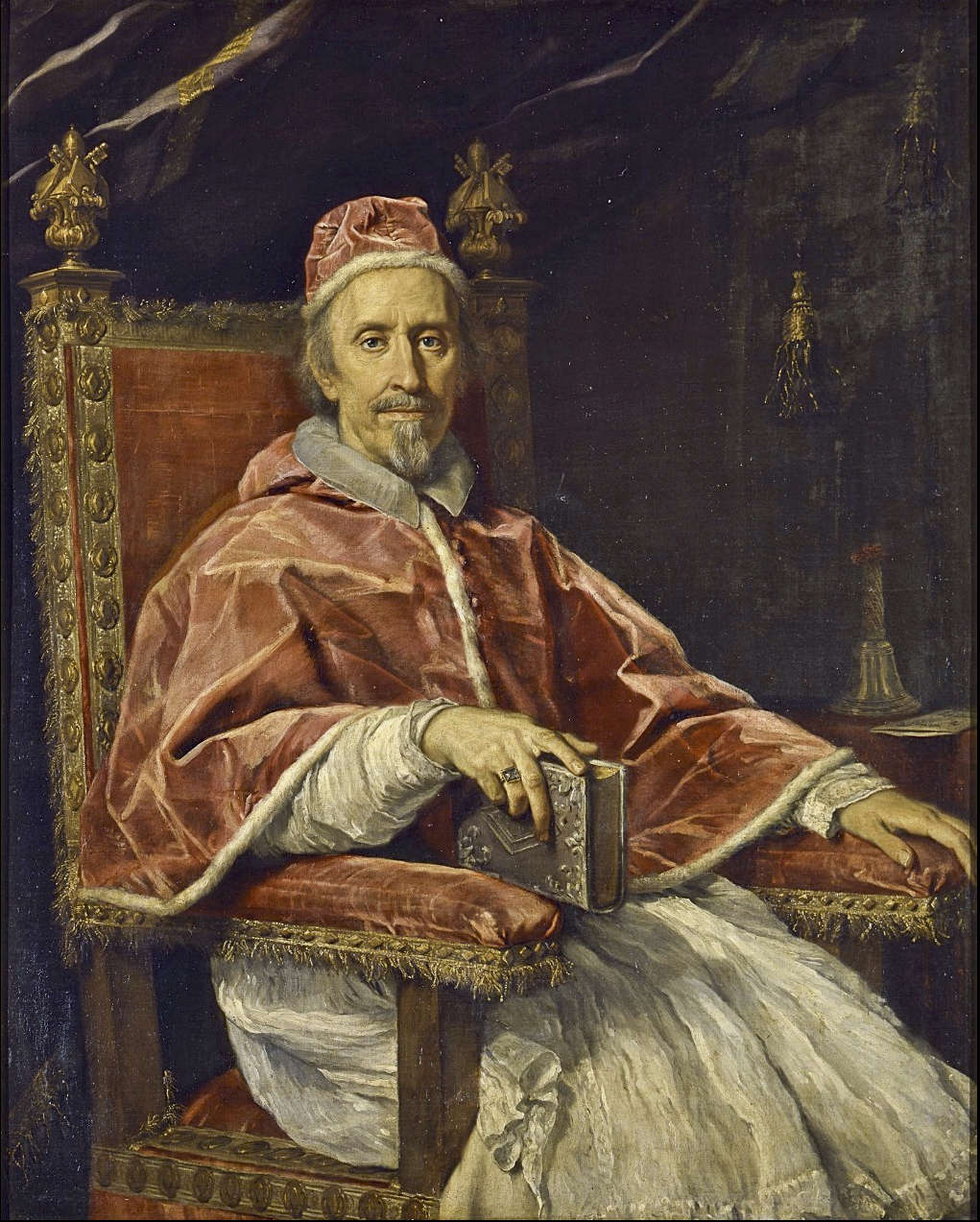Carlo Maratta's extraordinary portraiture goes on display in Rome's Palazzo Barberini
The year 2025 marks the 400th anniversary of the birth of Carlo Maratta (Camerano, 1625 - Rome, 1713), one of the greatest painters of Baroque Rome and a central figure in seventeenth-century Italian painting. To mark this anniversary and the publication of the catalog raisonné of his works, the National Galleries of Ancient Art are hosting an exhibition entitled Carlo Maratta and the Portrait. Popes and Princes of the Roman Baroque, curated by Simonetta Prosperi Valenti Rodinò and Yuri Primarosa. The exhibition is scheduled at Palazzo Barberini from December 6, 2024 to February 16, 2025.
The exhibition aims to highlight the extraordinary portrait production of Maratta, who, although best known for his works of sacred subjects, was a portrait painter of European renown. Through his portraits, Maratta consolidated the primacy of his workshop and became the arbiter of artistic taste on the Roman scene for more than half a century, immortalizing popes, princes, aristocrats and intellectuals of his time.


Maratta’s portrait genius
Carlo Maratta ’s fame as a portraitist was based on his ability to capture not only the physical appearance of his subjects, but also their inner essence and public role. His works, characterized bymeticulous execution and acutepsychological introspection, stood up to comparison with the best specialists of the time.
In the exhibition, some of his most famous works will be on view, including the Portrait of Maria Maddalena Rospigliosi Panciatichi (1664), where the young noblewoman is depicted in her finest dress, a symbol of status and refinement. The Portrait of Prince Maffeo Barberini (c. 1670-1671) also stands out, a work that testifies to Maratta’s ability to balance personal introspection and the display of power. Among the masterpieces on display, a prominent place is occupied by the Portrait of Pope Clement IX Rospigliosi (1669), from the Pinacoteca Vaticana. This portrait, for which Maratta obtained the rare privilege of remaining seated during its execution to avoid fatigue, represents one of the highest moments of the painter’s career. The painting will be juxtaposed with Giovan Battista Gaulli’s portrait of the same pontiff, offering an interesting comparison of two seemingly irreconcilable styles: the classicism of Maratta and the baroque of Gaulli.
Alongside these major official portraits, the exhibition will also include paintings of other members of the Rospigliosi and Barberini families, many of them exhibited for the first time, such as the Portrait of Cardinal Giacomo Rospigliosi (1680), which highlights the painter’s ability to portray the spirituality and solemnity of his subjects.


Portraiture as a celebration of power
One of the distinctive elements of Maratta’s portraiture is his ability to enrich his portraits with details that reveal the rank and aspirations of his subjects. Every detail-from the clothes to the objects included in the scene-is carefully selected to communicate the social status, profession, and character of the person portrayed.
This aspect emerges clearly in the Portrait of Maria Maddalena Rospigliosi Panciatichi, where the elegance of the dress and composition suggest a careful construction of the social image of the noblewoman. Similarly, the Portrait of Maffeo Barberini highlights the political and cultural importance of the Barberini family, among the most influential in Rome at the time.
Maratta succeeded in renewing the tradition of Roman portraiture, inherited from the great masters of the 17th century such as Pietro da Cortona and Andrea Sacchi, whose best pupil he was. However, his style was distinguished by a unique fusion of classicism and innovation, which allowed him to establish himself as one of the leading artists of his time. An example of this artistic synthesis is his portrait of the intendant and art historian Giovan Pietro Bellori, made to celebrate the publication of his collection of biographies of artists modeled on Vasari’s Lives. In this portrait, Maratta not only celebrates his personal bond with Bellori, but also sanctions the sharing of an aesthetic vision based on the worship of classical antiquity and the dominance of classicism over naturalism.


An extraordinary career
The exhibition dedicated to Carlo Maratta offers the public an opportunity to explore the extraordinary career of one of the greatest painters of the seventeenth century, capable of interpreting with sensitivity and mastery the faces and roles of the protagonists of Baroque Rome. Through his portraits, Maratta not only immortalized popes, princes and aristocrats, but helped define an era and an artistic taste that would influence European painting for decades.
Exhibition opening hours: Tuesday to Sunday from 10 a.m. to 7 p.m., last admission 6 p.m. Tickets: full 15 euros, reduced (18-25 year olds) 2 euros. Free for under 18 and conventioned. Free admission for all on the first Sunday of the month. For more information on times and tickets, you can consult the website of the National Galleries of Ancient Art(https://www.barberinicorsini.org) or contact the dedicated number (06 39967500).
 |
| Carlo Maratta's extraordinary portraiture goes on display in Rome's Palazzo Barberini |
Warning: the translation into English of the original Italian article was created using automatic tools. We undertake to review all articles, but we do not guarantee the total absence of inaccuracies in the translation due to the program. You can find the original by clicking on the ITA button. If you find any mistake,please contact us.





























